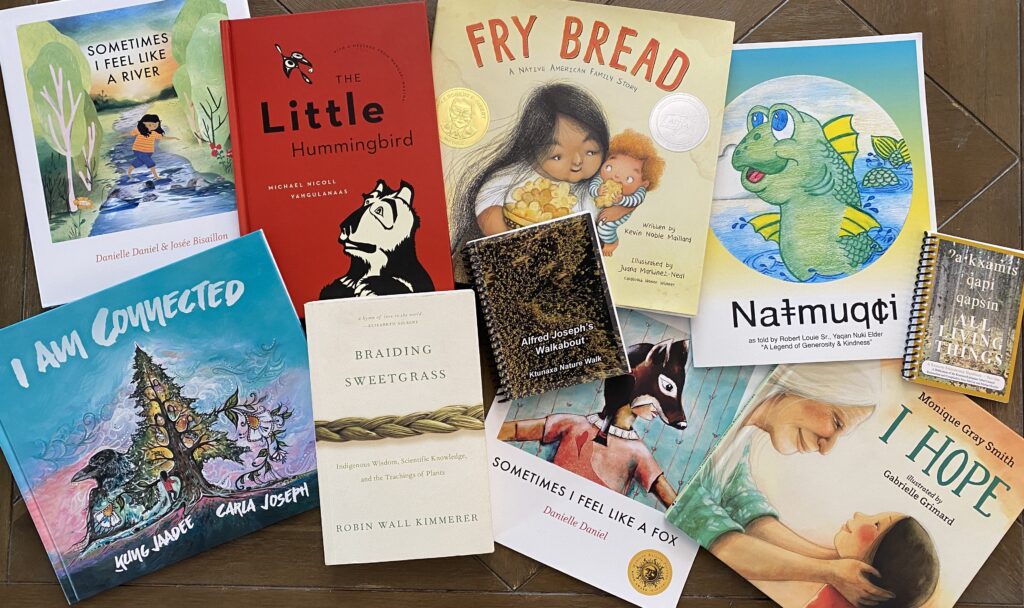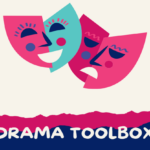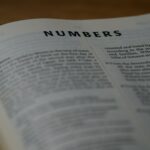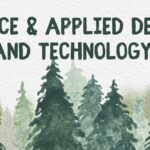What is indigenous education? and what does it mean to add an indigenous perspective within a lesson? Indigenous education refers to a learning approach deeply rooted in the cultures, traditions, worldviews, and knowledge systems of Indigenous peoples. It values diverse ways of understanding the world, emphasizing experiential learning, oral traditions, storytelling, and a strong connection to the land. Indigenous education incorporates cultural practices, languages, ceremonies, and teachings, offering students a holistic and respectful understanding of Indigenous ways of life. Adding an Indigenous perspective within a lesson involves integrating these teachings and worldviews into the curriculum in an authentic, meaningful way. It’s not simply an afterthought but a critical aspect of education that ensures Indigenous voices, histories, and contributions are acknowledged and valued.
Incorporating Indigenous history into lessons means providing students with an accurate understanding of the impact of colonization, residential schools, and the ongoing challenges Indigenous communities face. It also highlights the achievements and contributions of Indigenous peoples, offering a more comprehensive view of history. Storytelling plays a central role in Indigenous education, so integrating Indigenous stories, myths, and oral traditions allows students to connect with Indigenous values and perspectives. Engaging with local Indigenous communities by inviting Elders and knowledge keepers into the classroom fosters authentic learning experiences and builds meaningful relationships between Indigenous and non-Indigenous peoples. So what does the word indigenous mean? This video created by CBC kids is a great way for kids and adults alike to learn about the importance and the term indigenous.
As a white settler, I have often questioned my place expressing indigenous perspective. I’ve wondered about my place at events such as the September 30th Truth and Reconciliation walk at St. Eugene. Would I be welcomed? Was my presence encouraged? How could I engage in a way that contributed to growth for the future?
This past September 30th, I attended with my three children, my mother, and my cousin, each of us bringing different understandings and expectations about the day’s significance. As we began our walk to Crying Hill, the crisp air was filled with hope for change and peace for those still healing. Everywhere I looked, people were adorned in orange. Nasukin Pierre noted that morning, “Orange isn’t really anybody’s colour, but I’m proud to see how many wore it proudly and in solidarity, transforming the hue into a symbol of resilience and unity.” This sight of so many individuals united in vibrant color highlighted a shared commitment to honoring Indigenous culture and bringing Canadians together for a common purpose. It served as a powerful reminder that colors, like cultures, can evolve to represent shared values and experiences, fostering a sense of belonging that transcends individual identities. I listened to the stories being told; I created a safe place to allow healing; and I shared in my commitment to learn and grow not only for myself but as a future educator.

In reflecting on this moment in time, at this singular event, outside the confined walls of my traditional education, I can see that Indigenous education is not just important because it’s a requirement. It is vital because Indigenous knowledge offers essential teachings about empathy, community, and the interconnections that sustain us all. Understanding Indigenous worldviews is fundamental to the growth of all Canadians. It teaches us not only about the history of this land but also how to better engage with each other in the present, promoting respect, mutual understanding, and healing. As educators, we have the opportunity to help students grow through these teachings, fostering empathy and a deeper connection to the land and one another. These lessons are crucial for creating a society that values all people, cultures, and histories.

As I work toward becoming an educator, I feel inspired to enrich my students’ learning by incorporating cultural studies into my classroom. I plan to integrate lessons about Indigenous cultures, focusing on their traditions through storytelling and local histories. In considering how to incorporate Indigenous perspectives into my future classroom, I am gradually building up my resources with children’s Indigenous books. Inviting guest speakers from the local Indigenous community is another way I can bring valuable insights, further enhancing students’ understanding. Beyond the academic aspect, Indigenous knowledge is essential for fostering empathy and emotional growth. Understanding the land’s history and the lived experiences of Indigenous peoples will help students connect with one another on a deeper level and develop greater respect for their peers, especially those from diverse cultural backgrounds.

Having knowledge fights racism.
Terry Teegee, Regional Chief, British Columbia Assembly of First Nations
Can’t have reconciliation until you have truth…
Clint Johnston, President, BC Teachers’ Federation
My journey toward understanding truth and reconciliation has only just begun. My formal education, K-12, didn’t contain knowledge of Indigenous cultures. As I continue my path in education and journey towards becoming an educator, British Columbia Teacher Council Professional Standard number nine is one that resonates deeply within me. This standard will evolve as I continue to learn and grow, both as a person and as a future educator. I believe it’s my responsibility to become educated before guiding my students in this important area. I need to learn about the history of Indigenous peoples in Canada, including the impacts of colonization and residential schools and to become a change agent as stated in UVIC teacher competency number ten, engage critically and creatively with ideas to be a change agent in society, especially with regard to equity and justice. Understanding these issues will help me create a respectful and inclusive classroom environment. I know education isn’t just about gaining knowledge but rather about listening to Indigenous voices and learning from their experiences. Engaging with local Indigenous communities, reading their literature, and attending cultural events is a start in building meaningful connections and engaging with my community. I want to create a classroom where these voices are heard and valued, and where Indigenous knowledge is not only recognized but celebrated as an essential part of all students’ growth.







judi61
March 28, 2025 — 1:52 pm
Melissa,
Such a heartfelt, mindful and beautifully articulated post! I very much enjoyed the video on how the term Indigenous is explained – such a great find!
This concludes your posts and this was certainly tied with a bow!
The words spoken by Nasu?kin Joe Pierre: “Orange isn’t really anybody’s colour, but I’m proud to see how many wore it proudly and in solidarity, transforming the hue into a symbol of resilience and unity.” Says it all!
Taxa,
Judi